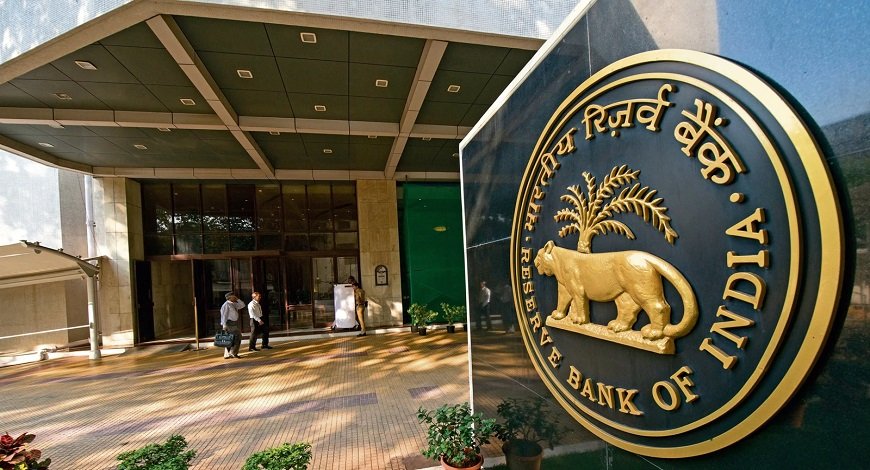It was a proposal made in October 2021 by the RBI to the government, which set India on the path of becoming one of the largest economies in the world to use a CBDC (Central Bank Digital Currency). The central bank had recommended that the RBI Act, 1934, be amended to broaden the ‘banknote’ definition and include money in electronic format. “RBI has been examining use cases and working out a phased implementation strategy for the introduction of CBDC with little or no disruption,” the Minister of State, Finance Ministry, Pankaj Chaudhary, had said in Lok Sabha.
Does India actually need cash alternatives?
By early 2023, India’s very own official ‘digi rupee’ will have debuted. Our finance minister Nirmala Sitharaman not only hinted at that while presenting Budget 2022 in February but also introduced a new Section 115BBH. As per the latter, earnings from the transfer of VDAs (Virtual Digital Assets) will be subject to a 30% tax.
VDAs—such as cryptocurrencies, non-fungible or governance tokens, gaming coins, etc.—are still not recognised as either Indian currency or foreign currency. And, seeing the crypto market explosion from 17 to 90 million users over March 2021-2022 (Comscore.com, 2022), the government had to take a regulatory step.
Even if Section 115BBH doesn’t legalize crypto transactions, it indicates the government’s possible legitimation of VDAs exchange in the future. And this sure provides some sense of relief among crypto traders.
Apart from the above, increased acceptance of digital payments by MSMEs is another noteworthy trend impelling India to introduce a legal digital alternative into the market soon. Digital payment modes were already being used even before the pandemic broke out. The latter has only hastened their use since millions of Indians now have the option to exercise social seclusion while making purchases.
A third trend behind the immediacy of having a central-bank-issued digital payment system is the widening acceptance of private VDAs. With rapid technological innovations and no reliable issuer, they are being generated and used incrementally by the public. This entails credit risk, which also has the potential to cause economic instability.
Will CBDC boost or bring down the Indian economy?
The informal or illicit sector makes up close to 53% of the Indian economy overall (GLG Insights, January 2022). Codifying the paper-based currency culture will help reduce the shadow economy in India by bringing more transparency and efficiency.
Secondly, the expenses associated with paper money consume a significant portion of the RBI’s account books. Damaged money further raises the expense of managing and processing fresh currencies for the RBI. These can be decreased with the usage of controlled digital currency.
Now, the question arises – is India ready to get into CBDCs nationwide?
How will these currencies be implemented in a nation where half of the population lacks access to education and those who make a subsistence-level living?
When dealing with digital currencies, the rural sector economy, which is still using old methods but without essential banking services, may experience friction. Also, the widespread CBDC use will certainly increase the vulnerability of online transactions to cyber threats. Moreover, technical know-how, operational expenses, improved cyber protection, training of CBDC operators, and making the general public CBDC-familiar are all required for CBDC acceptance. Thus, the RBI might incur lots of co .
Bottom line
RBI must conduct thorough research into the impact of CBDC on the digitally ignorant part of the Indian population. It must move wisely along the current monetary policies and currency structure to the launch of digital money by FY23. Cyber-related crimes have a notorious reputation in India, so stricter regulations and watertight cyber security at different levels will be an absolute must. India’s CBDC strategy must guarantee zero disruptions and minimal economic shock.
The author Sethurathnam Ravi – Former Chairman of BSE, Founder & Managing Partner of Ravi Rajan & Co.
